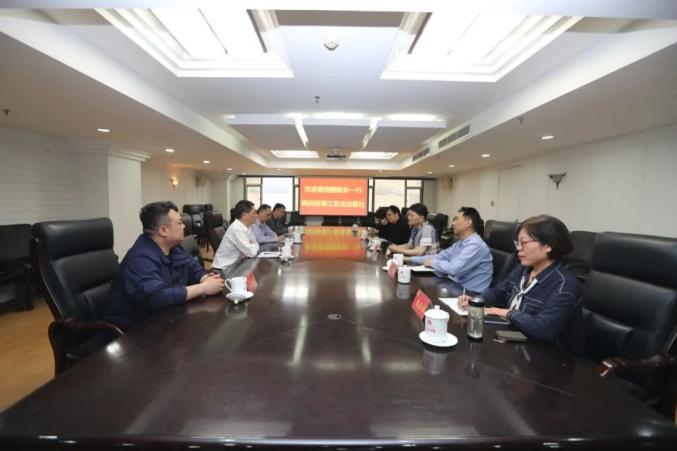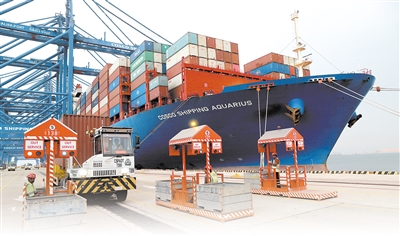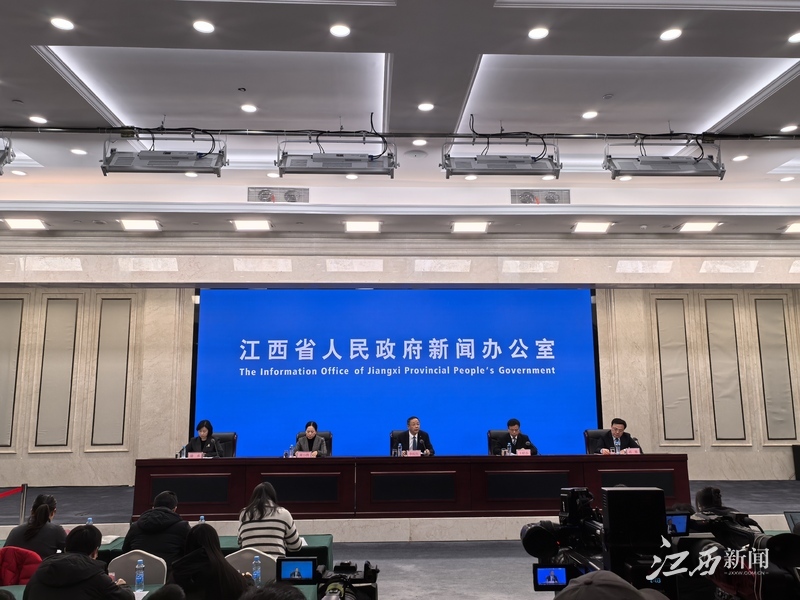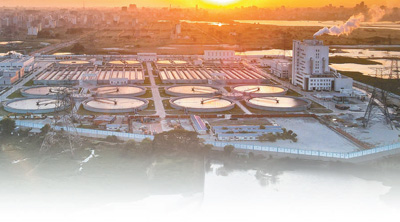[Kazakhstan] Adili Kavukenov: Xinjiang’s Development Will Help Central Asia Integrate Into The Global System
[Kazakhstan] Adili Kavukenov: Xinjiang’s Development Will Help Central Asia Integrate Into The Global System
[Kazakhstan] Adili Kawkenov: Xinjiang’s development will help Central Asia integrate into the global system, Caspian Sea, Central Asia, Eurasia, Xinjiang development, Kazakhstan, Adili Kawkenov
Today, China’s Xinjiang Uygur Autonomous Region is a key region on the western land route of the Belt and Road Initiative. For those Central Asian countries that have many similarities with Xinjiang, it is crucial to consolidate Xinjiang's status as a center of economy, transportation and logistics, trade, culture, science and education.
This unique bridge for cultural exchanges had special significance during the prosperous period of the ancient Silk Road. The business travel from Xi'an (Chang'an) via Dunhuang, Kashgar, and Yarkand to Osh, Taraz, Tashkent, Khujand, Samarkand, Bukhara, Merv and other oases in Central Asia vividly witnessed the active exchanges and interactions between people of all ethnic groups in Eurasia throughout the long history.
Today, cooperation between Xinjiang and Central Asian countries is taking on new vitality. Almost all Silk Road economic and trade routes from Central Asia to China pass through Xinjiang. For Central Asian countries, Xinjiang is the “gateway to the ocean.” These increasingly busy transportation corridors under the framework of the “One Belt, One Road” initiative have important strategic significance. Since the beginning of this year, more than 10,000 China-Europe (Central Asia) trains have passed through the Xinjiang Railway’s dual ports, which means that the land economic and trade channels on the Eurasian continent have been restored.
The development of transportation and logistics cooperation has enabled about 85% of China-Europe land freight to be transited through Central Asia. Stable intercontinental land transportation lines such as Yiwu-London and Lianyungang-Duisburg (Germany) have been established. Of particular concern is the development of the Trans-Caspian Passage. The line starts from Xinjiang, passes through Kazakhstan, crosses the Caspian Sea, then extends to the South Caucasus, and finally reaches the Middle East, Türkiye and other places. Bilateral trade is developing rapidly, and the need for new transportation routes is becoming increasingly urgent. To this end, China and Kazakhstan are accelerating the construction of the third railway channel from Ayaguz (Kazakhstan) to Tacheng (Central).
Cooperation between Xinjiang and Central Asian countries is multifaceted, and both parties have common needs in strategic economic cooperation. For example, a considerable proportion of the bilateral trade volume between China and Central Asian countries is realized through Xinjiang. The traditional labor-intensive products (including mechanical and electrical products) exported by Xinjiang and the resource-based and some agricultural products exported by Central Asia jointly promote the sustainable development of economic and trade relations between the two sides. This enables Xinjiang and Central Asian countries to more fully play their role as "key areas" in the Eurasian direction of the "One Belt, One Road" initiative.
When talking about Xinjiang, we must also emphasize its rapid social and economic development and internal stability. Thanks to the Chinese government's poverty alleviation policy, the poverty problem in Xinjiang has been fundamentally solved, which has resulted in improved people's livelihood, improved infrastructure, expanded tourism and increased employment opportunities. It is worth mentioning that there have been no violent terrorist incidents in Xinjiang for many years in a row.
The rapid urban development of Xinjiang also has an important impact on Central Asia. China is committed to building Urumqi into a regional economic, trade, investment and financial center for Central and West Asia. At present, relevant work to give Urumqi a stronger international status is being fully advanced.
The vigorous development of Xinjiang and the further implementation of the Belt and Road Initiative will play an important role for Central Asian countries in the next decade. This will promote the faster integration of Central Asia into the global economic system.
The closeness between Central Asian countries and Xinjiang should become an important factor in the unity and cooperation between the two sides. Peace, development, cooperation and mutual benefit are the main experiences China has summed up in its modernization process, which are also worthy of learning and reference by Central Asian countries.
China actively cooperates with Central Asian countries and benefits from the convergence of interests of both parties - Kazakhstan actively expands international connections, while China is committed to giving Xinjiang an international status and strategic significance similar to that of developed coastal areas such as Guangdong and Zhejiang. (The author is the director of Kazakhstan’s “One Belt, One Road” Science and Education Center)

![[Kazakhstan] Adili Kavukenov: Xinjiang’s Development Will Help Central Asia Integrate Into The Global System](https://lcs-sfo.k4v.com/assets/public/default_cover.jpg)



